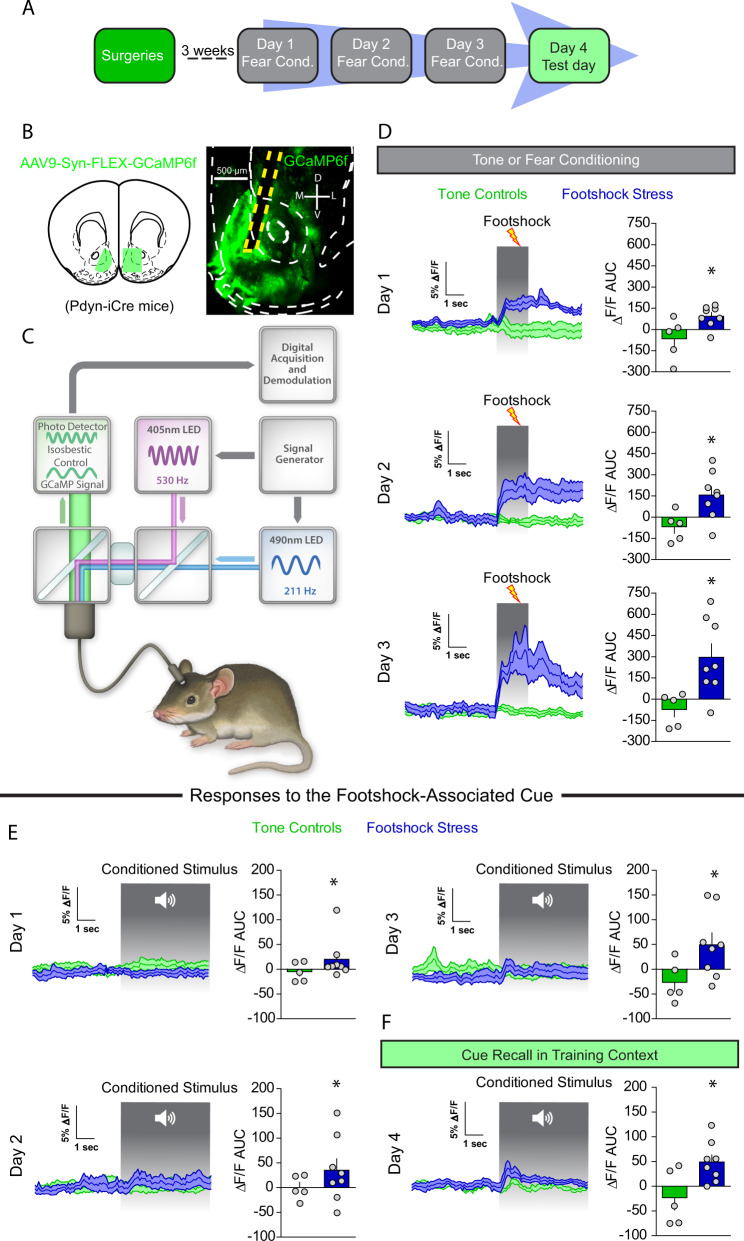Fig. 6. D1-MSNs are recruited by footshock stress and stress-predictive cues.
a Experimental timeline. In vivo fiber photometry recordings were conducting during conditioning and fear recall procedures (days 1–4). b Schematic depicting AAV9-Syn-FLEX-GCaMP6f injection and subsequent optical fiber implantation into the NAc of WT mice. Representative image of optical fiber placement and AAV9-Syn-FLEX-GCaMP6f expression in the NAc of a Dyn-iCre mouse. c Schematic of fiber photometry system. d Footshock-induced Ca2+ activity in D1-MSNs over the course of the 3 day conditioning procedures. Left: time course of D1-MSN bulk Ca2+ dynamics during a 5 s window before and after a footshock. Right: area under the curve (AUC) of the ΔF/F. Day 1 (t-test; t(11) = 2.62, p = 0.024). Day 2 (t-test; t(11) = 2.66, p = 0.02). AUC day 3 (t-test; t(11) = 2.86, p = 0.016). e Cue-induced Ca2+ activity during tone or fear conditioning. Left: mean Ca2+ ΔF/F 5 s before and after the onset of the 20 s auditory cue. Right: AUC of the ΔF/F. AUC day 1 (t-test; t(11)=1.25, p = 0.24). AUC day 2 (t-test; t(11) = 1.13, p = 0.28). AUC day 3 (t-test; t(11) = 2.23, p = 0.04). f Cue-mediated Ca2+ activity during fear recall in the training context. Right: AUC day 4 (t-test; t(11) = 2.69, p = 0.02).

